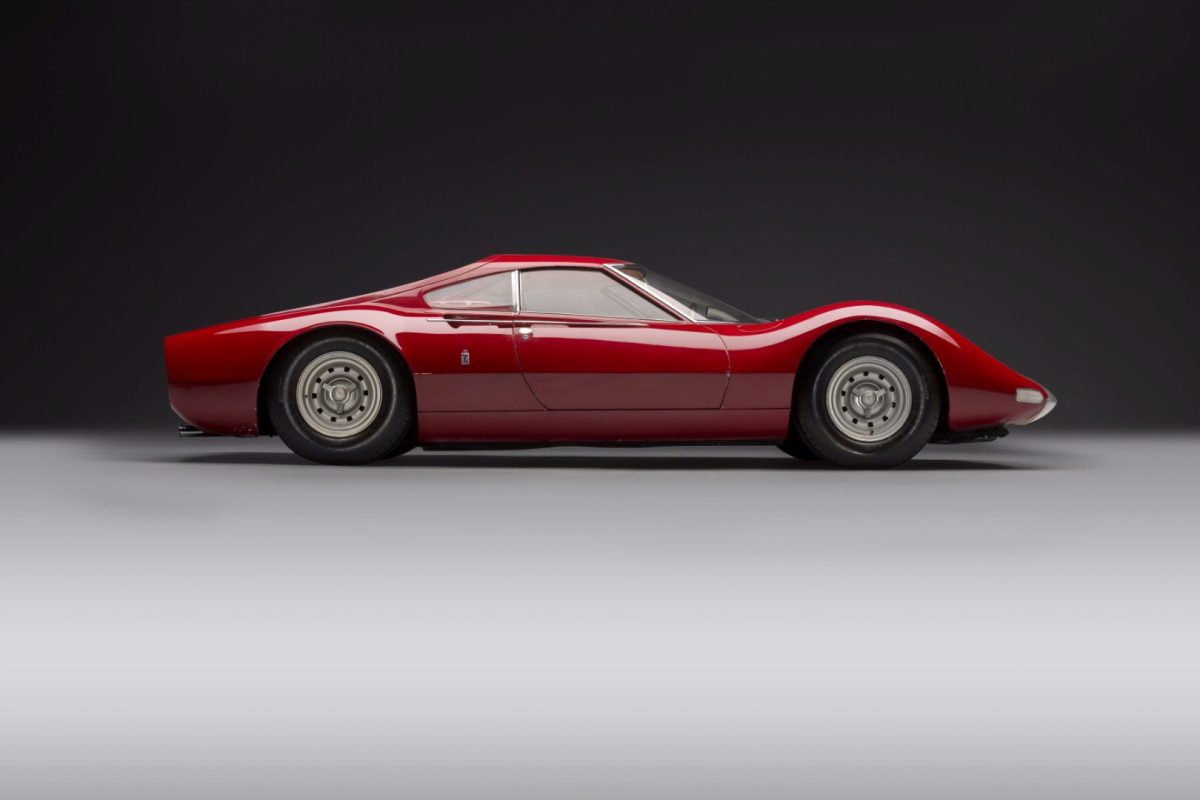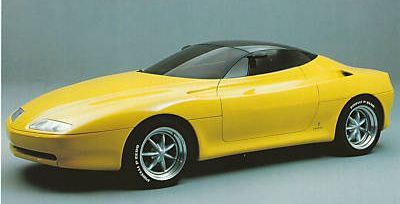Alfa Romeo Alfetta Spider (Pininfarina) (1972)
When the Alfetta models were introduced in 1975, only a Sprint and Berlina appeared, and enthusiasts wondered where the new Spider was. In 1972 Pininfarina had proposed a replaceme
Ferrari Dino Berlinetta Speciale (Pininfarina) (1965)
The DINO Berlinetta Speciale, presented in Paris, in 1965 at the Pininfarina stand was designed by Aldo Brovarone. This prototype may be considered the last prototype seen by the f
Opel Chronos (Pininfarina) (1991)
GM Chronos, 1991 – Design research prototype In 1991 at the International Motor Shows of Detroit and Geneva Pininfarina presented the Chronos, a research concept based on GM
Alfa Romeo Vivace Coupe and Spider (Pininfarina) (1986)
Design research models coupe & spider Designer: Diego Ottina/Pininfarina Styling studies which explore from the formal point of view the typical features of the Alfa Romeo make
Chevrolet Rondine (Pininfarina) (1963)
European flavour for this “American” proposal, which anticipates the stylistic solution of the Fiat 124 Sport Spider rear part. The Corvette Rondine show car was built
Abarth 2000 (Pininfarina) (1969)
The Abarth 2000 was designed by Pininfarina in 1969. Unlike other stylists, Pininfarina didn’t chose the name, however the car could have been called “Testudo” in hon
Alfa Romeo P33 Roadster (Pininfarina) (1968)
The second 33 Stradale-based concept car displayed at the November 1968 Turin Salon was executed by Pininfarina. Known as the P33 Roadster, it mixed subtle curves with plane-like s
Ferrari Mythos (Pininfarina) (1989)
Car Design Award 1990, this concept displayed at the Tokyo Motor Show (Golden Marker Trophy 1989), is a totally-rounded sculptural modelling with a perfect balance between aestheti
Ferrari F90 (Pininfarina) (1988)
After almost 18 years, Ferrari acknowledged that the F90 existed and six were made for the Sultan of Brunei in 1988. A brief passage in the 2005 Ferrari Annual outlined an impressi
Jaguar XJ Spider (Pininfarina) (1978)
A strong emotional impact and great suggestive power in this concept realised on very prestigious mechanicals. Soft and aerodynamic shapes, devoid of edges, for an “organic&#










